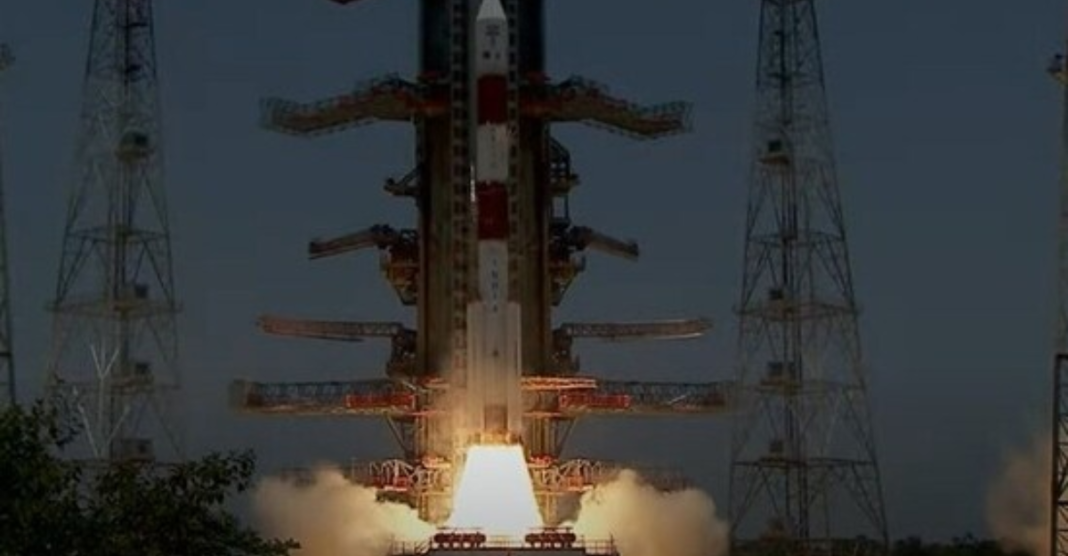India’s pioneering solar probe, the Aditya-L1 orbiter, recently embarked on its mission to study solar winds, which can disrupt Earth’s magnetic field and manifest as the mesmerizing auroras. This mission, conducted by the Indian Space Research Organisation (ISRO), marked a historic achievement for the nation.
Named after the Hindi word for the sun, the Aditya-L1 spacecraft was designed to travel approximately 1.5 million kilometers over a span of four months to a unique region in space referred to as Lagrange Points. These Lagrange Points are locations where gravitational forces are balanced, allowing objects to remain in a stable position with minimal fuel consumption. They are named after the renowned Italian-French mathematician Joseph-Louis Lagrange.
As the culmination of a 23.40-hour countdown neared, the 44.4-meter-tall Polar Satellite Launch Vehicle (PSLV) majestically soared into the sky from the Satish Dhawan Space Centre, situated on the eastern coast, about 135 kilometers from Chennai.
This mission marked a significant milestone for ISRO as it was the PSLV’s longest flight, lasting approximately 63 minutes. Among its primary objectives, the Aditya-L1 orbiter will capture images of the sun for scientific research. Scientists have identified five Lagrange Points, or parking areas, positioned between Earth and the Sun, where objects naturally tend to remain, resulting in reduced fuel consumption for spacecraft.
At these Lagrange Points, the gravitational forces of the Sun and Earth are balanced, allowing small objects to move with them without expending excessive fuel. After liftoff from the Satish Dhawan Space Centre, scientists worked diligently to position the spacecraft initially in a Low Earth Orbit, with plans for a more elliptical orbit in the future. To reach the Lagrange L1 point, the spacecraft will use its onboard propulsion systems, exiting Earth’s gravitational Sphere of Influence and cruising toward its destination near the Sun, ultimately requiring approximately four months for the Aditya-L1 Mission, as per ISRO’s announcement.
The primary goal of studying the Sun lies in understanding its emissions across various wavelengths, energetic particles, and magnetic fields. Earth’s atmosphere and magnetic field serve as protective barriers against harmful radiation, making it essential to conduct solar studies from space.
The Aditya-L1 mission carries seven scientific payloads:
- The Visible Emission Line Coronagraph (VELC) will focus on studying the solar corona and dynamics of Coronal Mass Ejections (CME). It will send 1,440 images daily to the ground station for analysis once it reaches its intended orbit.
- The Solar Ultraviolet Imaging Telescope will capture images of the solar photosphere and chromosphere in the near-ultraviolet range, measuring solar irradiance variations.
- The Aditya Solar Wind Particle Experiment (ASPEX) and Plasma Analyser Package for Aditya (PAPA) payloads will investigate the solar wind and energetic ions, as well as their energy distribution.
- The Solar Low Energy X-ray Spectrometer and the High Energy L1 Orbiting X-ray Spectrometer (HEL1OS) will study X-ray flares from the Sun across a wide energy range.
The Aditya-L1 mission represents a significant step forward in solar research and space exploration for India, and it promises to provide valuable insights into the Sun’s behavior and its impact on Earth.

